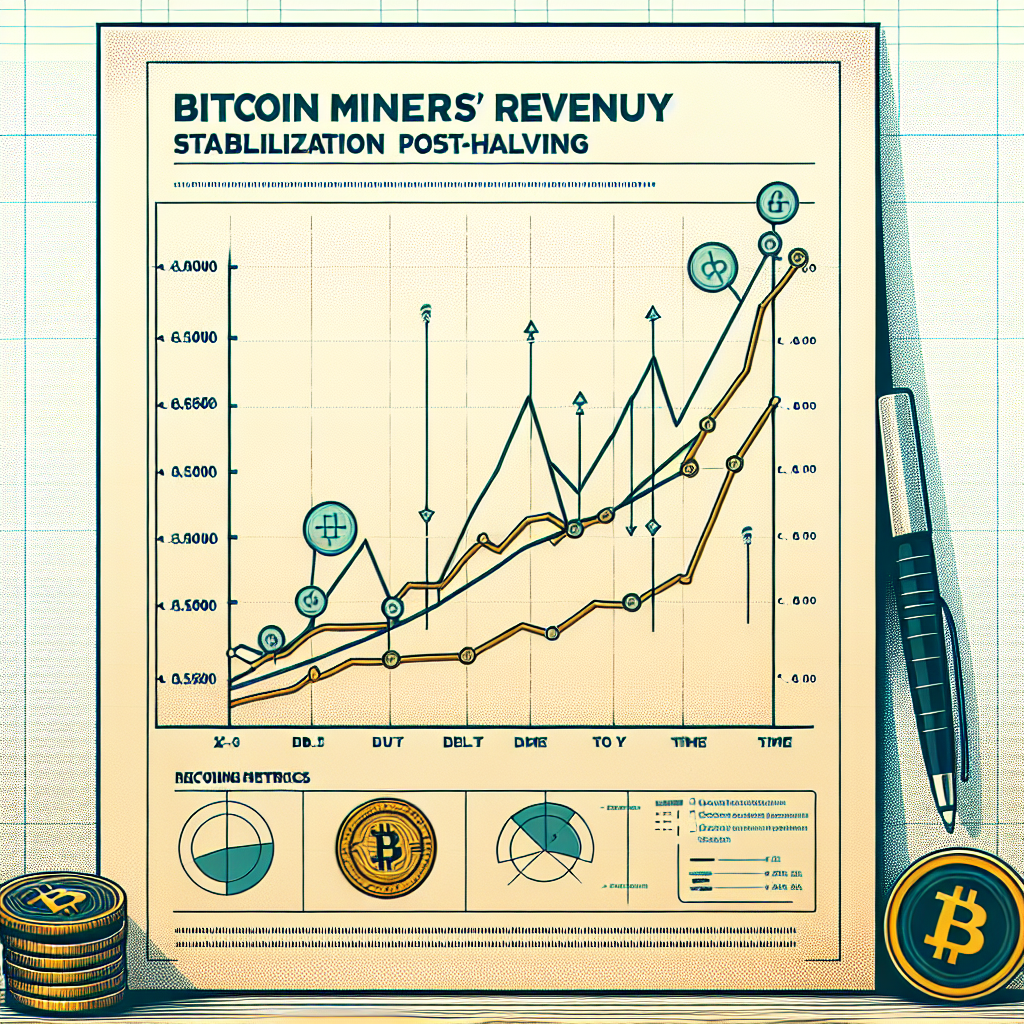
Bitcoin Volatility Reaches 3.6% as Market Uncertainty Intensifies

Bitcoin (BTC) volatility surged to 3.6% on March 19, marking its highest level since August 2024, according to data from CoinGlass. This spike reflects growing market uncertainty amid structural economic concerns in the United States.

Market Uncertainty Driven by Fiscal Policy Changes
Uldis Tearudklans, chief revenue officer at UK-based cryptocurrency exchange Paybis, attributes the increased volatility to uncertainty surrounding fiscal policy, particularly the establishment of Elon Musk’s Department of Government Efficiency. This new department aims to reduce government spending and claims to have already saved the U.S. government approximately $115 billion through workforce reductions, asset sales, grant cancellations, and regulatory savings.
Tearudklans noted:
“The policy landscape is becoming more complex with the emergence of Elon Musk’s Department of Government Efficiency. While the initiative to reduce government spending has bipartisan backing, the broader economic effects—particularly on employment and consumer demand—remain difficult to quantify.”
Federal Reserve Maintains Interest Rates
On March 19, the Federal Open Market Committee (FOMC) announced it would leave interest rates unchanged for now, although it indicated the possibility of two rate cuts later in 2025. Tearudklans warned that fiscal tightening combined with stable or declining interest rates could create liquidity contraction, potentially limiting the stimulative effects of future rate cuts.
Bitcoin Price Volatility Since Trump’s Inauguration
Bitcoin’s volatility has been particularly pronounced since U.S. President Donald Trump’s inauguration in January 2025. After reaching a high of $109,590 on January 20, Bitcoin experienced a 30% retracement, dropping to a low of $77,041 during the week of March 9-15. Currently, Bitcoin has recovered slightly, trading around $84,000.
Tearudklans explained that traders are pricing in divergent outcomes, including fiscal contraction alongside stable or easing interest rates, creating a complex market environment:
“This creates a complex feedback loop where reduced government spending could limit growth, potentially forcing the Fed to maintain a cautious stance or even delay future rate cuts.”
Trump’s Crypto-Friendly Policies and Geopolitical Tensions
President Trump has recently shown support for cryptocurrency, signing an executive order on March 7 to establish a strategic Bitcoin reserve and digital asset stockpile. He also declared the U.S. would become a “Bitcoin superpower” during the 2025 Digital Asset Summit on March 20.
However, Trump’s discussions of tariffs and rising geopolitical tensions continue to impact financial markets, including cryptocurrencies.
Quick Summary
- Bitcoin volatility reached 3.6%, highest since August 2024.
- Market uncertainty driven by fiscal policy changes and economic unknowns.
- Federal Reserve maintains interest rates, signaling possible future cuts.
- Bitcoin price dropped 30% since January high, currently around $84,000.
- Trump administration’s crypto-friendly stance contrasts with broader geopolitical tensions.
Source: CoinGlass



